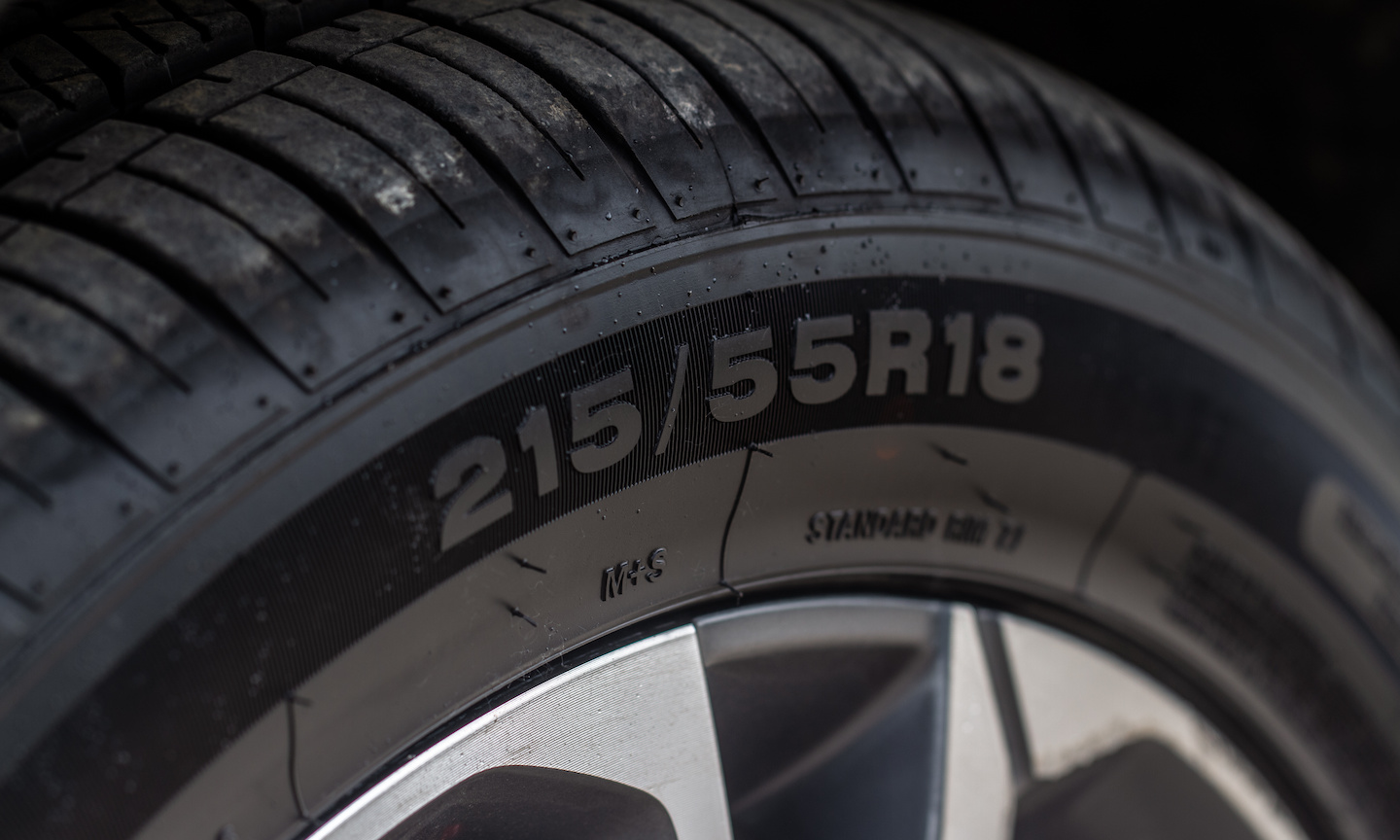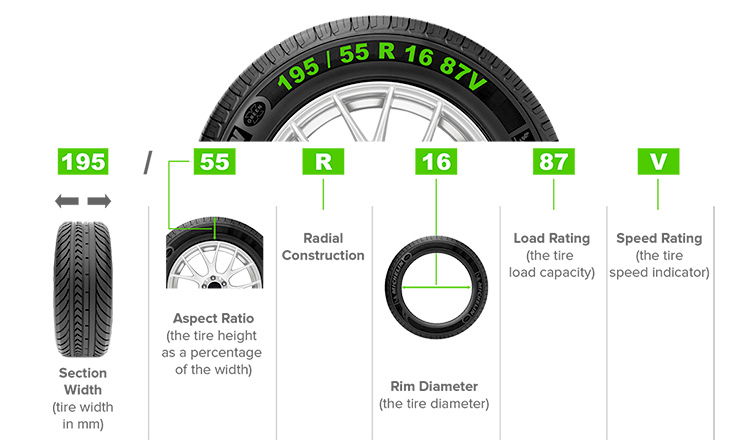Understanding Tire Sizes

Tires come in a multitude of sizes. Your vehicle’s manufacturer determines which size and compound will deliver the most efficient, smoothest, and highest performance for your specific model. So, what do the numbers on the tires mean in layman’s terms?
Tires have three numbers—the width of the tread, the height of the sidewall, and the diameter of the wheel the tire will fit on. For heavy-duty tires, the height of the sidewall is sometimes substituted for the overall height of the tire, usually in inches.

The first number refers to the width of the tire, in millimeters or inches (depending on the manufacturer). Most tire widths are measured in millimeters. The second number is the aspect ratio, which determines the height of a tire’s sidewall. This number is a percentage of the tire’s width. For example, on a tire that measures 195/55/R16, the sidewall is 55% of the tire’s 195-millimeter width. The larger the aspect ratio, the taller the sidewall of the tire. The “R” refers to the construction of the tire and the final number denotes the diameter of the wheel that the tire will fit on. In the above example, the tire will fit a 16-inch wheel.
In addition to size, tires also have load rating, speed ratings, and treadwear. If you need help determining which tires will help you get the most out of your vehicle, contact the Herb Gordon Subaru service team online today!
